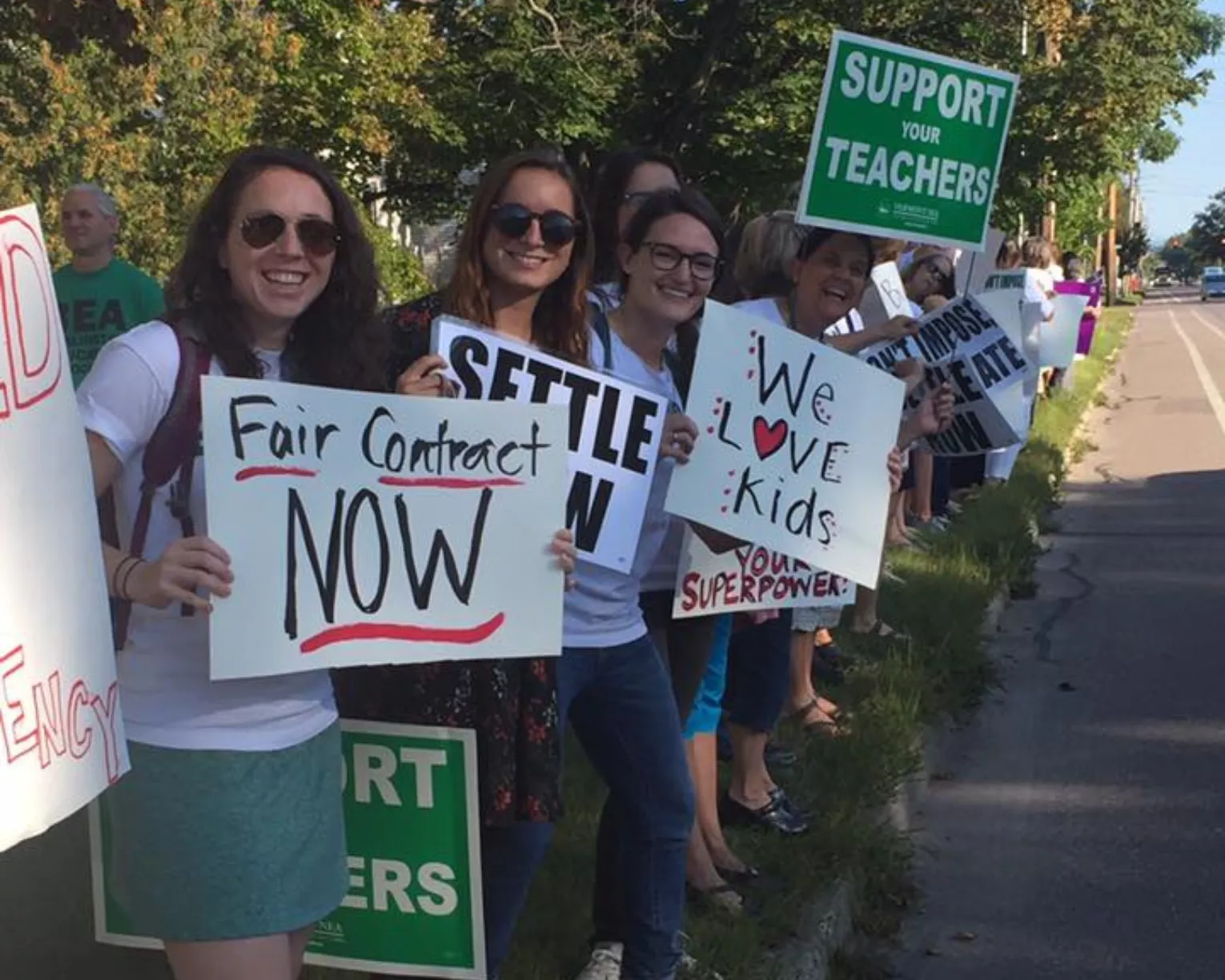For educators, the student debt burden is especially cruel.
Teachers typically earn a bachelor’s degree and teacher certification to enter the classroom, and in some states, they must earn a master’s degree within a few years to continue their careers. Some ESPs are also required to earn college degrees and certification, or they must undergo training in their specific field of work.
To get this postsecondary education, more than half of teachers (53 percent) and more than a quarter of ESPs (29 percent) have taken out student loans. Among those who took out loans, more than a quarter of teachers and ESPs took out at least $65,000, with younger educators and educators of color more likely to have higher levels of debt than their peers.
This debt has had a variety of negative consequences for educators. In a 2020 survey, the NEA found that
- Educators who were currently holding student loan debt were more likely to report difficulties building up emergency savings and maintaining their own well-being.
- They were also more likely to have difficulties paying for basic needs, such as food, housing, and medical care.
Some educators are still paying off their student debt as they take out loans for their children’s education or in their retirement.
Student debt relief and forgiveness solutions that can help recruit and retain educators include:
For citations and more details, read NEA's full report on educator shortage solutions.
Use Your Educator Voice.

